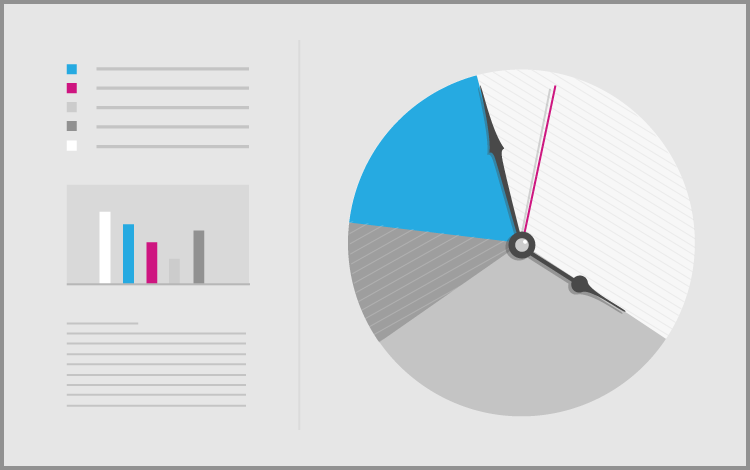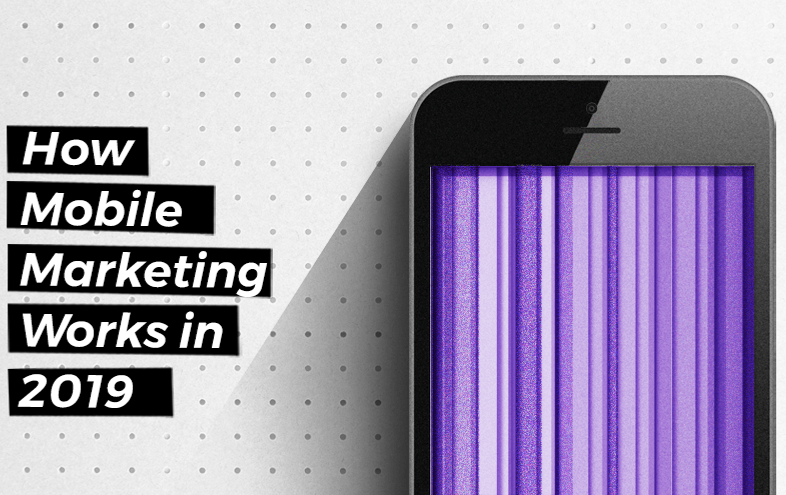Encouraging Customer Loyalty – Making the First to Second Purchase
May 27, 2019Research from National Express suggests that, on average, Britons book their next holiday just 37 days after returning home from their previous one. If they booked the previous one with you, that’s a golden window of opportunity to turn that first purchase into a second. It shouldn’t be one you waste.
The ability of a business to retain its customers is crucial for its growth and success. In order to do so, many include in their business objective decreasing the percentage of single purchasers, while increasing the number of multiple purchasers and therefore the overall customer lifetime value (CLTV).
Knowing that people returning from holiday are keen to book their next trip so soon (and also knowing from personal experience how the feel-good factor of a great break can make you anxious for the next one) it’s easy to see how you might encourage that next booking.
You may start, for example, with a “welcome home” message – hoping they enjoyed the holiday, but sympathetic to the truth that it’s Monday again (ugh). Then, a few days later, you can start suggesting new destinations based on where they’ve been before, maybe with a discount code to use in their next booking? Little nudges that show how much you care can encourage your customers to come back, again and again.
But – oh yes, there’s a “but” – not all sectors find one-time purchasers thinking about their next purchase in the same way as holidaymakers. After all, if I buy a new pair of trainers, I’m not immediately thinking about buying my next pair having worn them a couple of times (unless they’ve fallen apart, in which case, I’ll be looking for a refund…)
Let the numbers guide you
For a first to second campaign to be profitable, the best you can do is to maximise your resources, distinguishing between the customers that are worth pursuing to those that are not. How? Not based on your gut instinct, that’s for sure! You have something in your hands that’s much more powerful and precise: your customer database.
The insights from customer data are your best chance to get to know your customers on a deep level and, therefore, to create communications that will engage and interest them.
Data can help you build a profile of the customers most likely to make a second purchase, analysing details such as how much time passes between the first and the second purchase, or how much discounts and peer reviews influence them. Of course, all of this is the more efficient the less your silos are separated, but more on that in a future blog post.
Say you have the optimal database at your disposal, one that can deliver you a single customer view on all channels for each one of your customers. Let’s take a look at the next steps:
- First, you need to define the timeframe for when a customer typically will purchase again from your brand.
- Then ask yourself, does the purchase value or product, customer type, time of year, lifestyle profile or any other factor affect whether the customer will purchase again? Look carefully for these correlations.
- Now you can build upon your previous analysis and create a full profile of first to second purchasers.
Congratulations! You have now a complete understanding of your customers. The final stage is to move to a predictive model, whereby customers are assigned a likelihood to become first to second purchasers, allowing you to target those with high and low likelihood with more advanced tactics.
Automation in action
Once you have a picture of likely second purchaser built by data, you don’t gain just a deeper understanding of your customers and of how your business works. You can use these insights to create marketing automation strategies which will further maximise your resources. One way of increasing customer loyalty, for instance, is to make sure you maximise the excitement of their first purchase with you. That’s something we’ve been working on with Travelodge, and you can read more here.
Ultimately, the devil is in the detail. The more you get to know, and we mean really know, your customers, through data insights as opposed to “gut feelings”, the more likely you are to build a strong and lasting relationship with them and, therefore, increasing their CLTV and your revenue.
For some tangible advice, take a look at this infographic our in-house strategy team have put together, with tips on converting your new customers into loyal multi-purchasers.
Originally posted on the RedEye blog.


